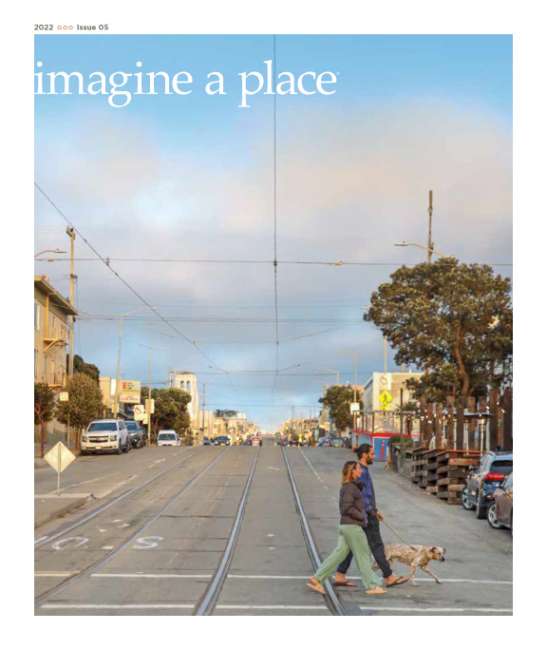Sensory Design in the Hybrid Workplace | Kendra Linton, NELSON Worldwide
Kendra Linton, designer and strategist at NELSON Worldwide, joined the Imagine a Place podcast to share insights on creating engaging, sensory-rich workspaces for the hybrid era. Here are some insights I gathered from the interview.
Focus on human connection
Linton emphasizes that the core draw bringing employees back to the office is human connection. So design should focus on spaces that promote collaboration, comfort, and personalization. For instance, small, acoustically private spaces allow intimate meetings, while lounge areas cater to different work modes. Employees also crave opportunities to showcase their personalities.
Engage the senses
Beyond standard visual design, Linton suggests engaging all the senses to create immersive experiences. Tactile, natural materials provide warmth and comfort. Lighting, scent, sounds and even personal artifacts are all cues that make a space feel welcoming and productive.
Design for evolution
With hybrid work patterns still evolving, Linton recommends flexible, reconfigurable spaces. As we get better at using visualization technologies like VR, it will allow teams to experiment with space concepts more frequently
Empower employees
Just as employees customized home workspaces, designs should enable personal preferences at work. For example, providing storage bins means employees on the go can carry personal items to temporary desks. Organizations should also train people on new space types and technologies so they can fully utilize the capabilities.
Linton provides sensory-rich strategies to create spaces where employees feel comfortable, productive, and connected. Her insights help organizations evolve workplace design for the needs of today's hybrid workforce.
Check out the article that inspired this episode!
Learn more about Kendra Linton and NELSON Worldwide.
Listen to the full podcast below.
Contributors
- Doug Shapiro
- Kendra Linton





